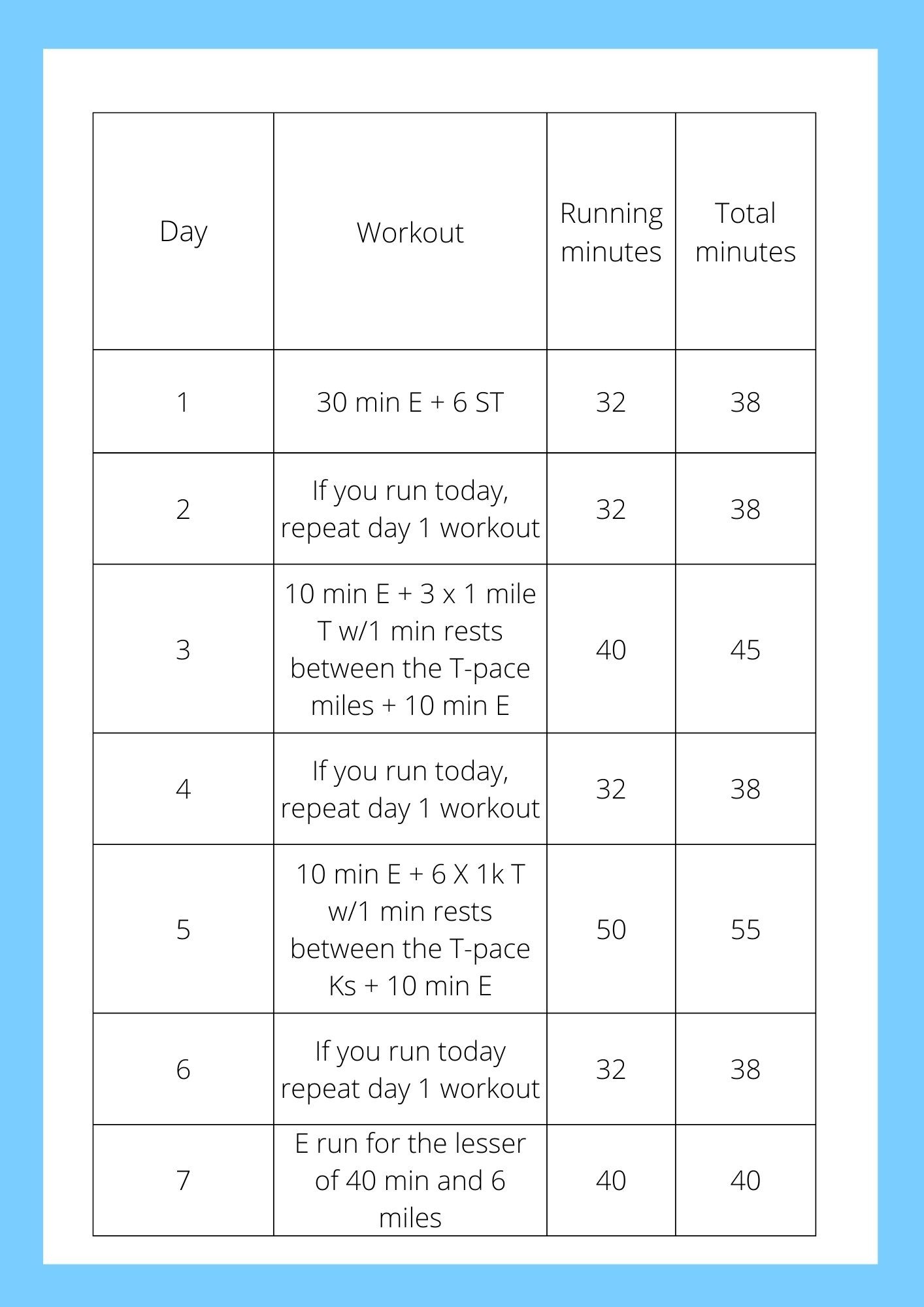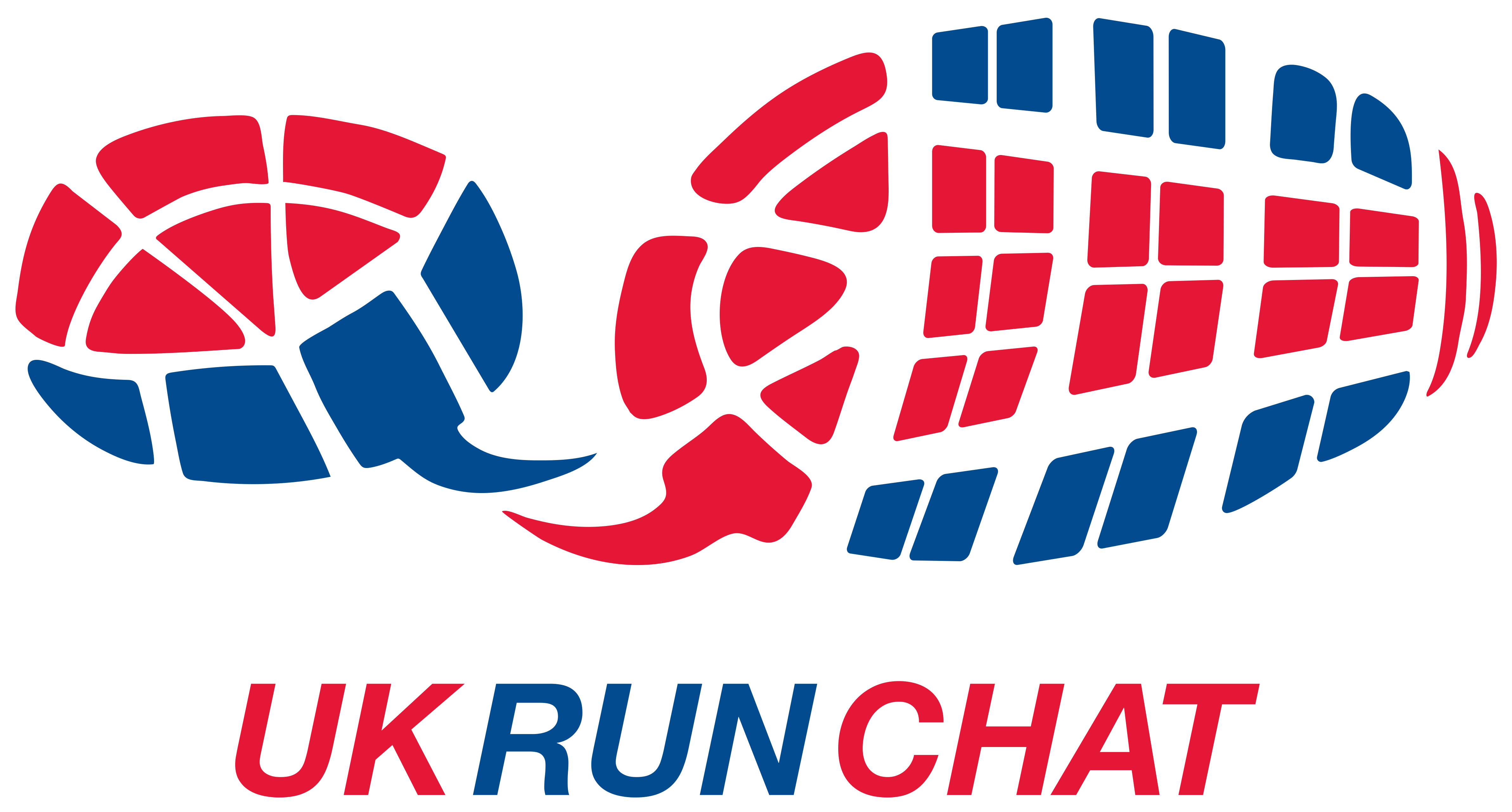We’ve put together a list of our favourite running books. Here are some short excerpts from some of our favourites, and then there is a longer list below.
Happy Reading!
1. Advanced Marathoning by Pete Pfitzinger and Scott Douglas
A short excerpt from the book below:
When not to finish the marathon
Most of the time, you should finish the marathon even if you’re not running as well as you had hoped. The marathon is a test of endurance. If you casually drop out of a marathon once, it will be all too easy to drop out again. Of course, in certain situations, struggling to finish a marathon may compromise your health or your future marathon success. Here are some scenarios where dropping out is your best choice.
• If you’re limping, your running mechanics are thrown off. You’ll merely aggravate your injury by continuing.
• If you have a specific pain, and that pain is increasing progressively during the race, you’re doing yourself harm and should stop.
• If you’re light-headed and unable to concentrate, you should stop.
• If you’re overcome by muscle cramps, a torn muscle, heat exhaustion, or the like, stop.
2. Jack Daniels’ Running Formula by Jack Daniels
A short excerpt from the book below:
Below are weeks 1-4 of the 16 week intermediate fitness training plan, designed for runners who are involved in running already but to a limited degree.
To get the most out of the programme, make sure to follow the following principles:
– Rest – but not avoidance – is an essential part of your training.
– Consistency with regard to rest, nutrition, and training is the key to achieving maximum benefits from a program.
– Never train when injured or ill.
Key terms:
E = easy running
ST= light, quick 15-20 second runs, with 45-60 seconds of rest between strides.
T= Threshold pace, which is a comfortably hard pace you could handle for 40 minutes.
Red Plan Phase I: Weeks 1-4

3. The Happy Runner – Love the Process, Get Faster, Run Longer by David Roche and Megan Roche.
A short excerpt from the book below:
Find your why
Flow is a requirement for peak performance, and knowing your “Why?” is a requirement to find flow.
If your “Why?” isn’t fully fleshed out, you’ll never be able to put in the work to gain the proficiency to find flow. And if your “Why?” is based on comparison, it’ll be hard to maintain meaning and lose self-doubt in a sport where failure is a constant presence along the way, whether it’s through injury, aging, or simply having a bad training cycle.
Make sure the “Why?” is authentic to you—not to the person you want to be, or the person others want you to be. In fact, make sure it’s independent of external evaluation altogether. Making this list, and sticking to it, can change your running life forever. And if it doesn’t reach that point, it can at least be a good exercise in thinking about what drives you.
– First ask yourself: “Why do I run at all?”
– Second, ask yourself “Why do I run each day?”
– Third, ask yourself “Why am I racing at all?”
– Fourth, ask yourself “Why do I have my long term goals?”
4. Mental Training for Ultrarunning by Addie J. Bracy
A short excerpt from the book below:
Getting comfortable with being uncomfortable
Think about your last race or long training run. Recall some of the discomfort you faced, and try to identify the cause. Highlight some of the issues that were within your control. Be specific about what happened, and identify specific and detailed actions that you will take. Use this self-reflection to be better prepared for next time.
What happened? (Example: During my last 50K race, I had a lot of issues with my nutrition plan. I got nauseous during the second half of the race and had a hard time continuing to take in fluids and calories. I just stopped eating and drinking and I ended up bonking, eventually being reduced to a slow walk over the last several miles.)
Why did it happen? (Example: I didn’t practice nutrition very often in my long training runs so I didn’t quite know what to expect in the race. I also forgot to pack my hydration mix and just ended up using what the race had at aid stations. I had never tried the brand before and it didn’t sit well in my stomach.)
How can you do better in the future? (Example: Practice different kinds of fueling strategies during long runs to see what works and what doesn’t work. Based on that feedback, make a nutrition strategy and stick to it. Also, I need to accept that some stomach discomfort is possible and that I need to continue to eat and drink even if I don’t want to.)
5. The Art of Running Faster by Julian Goater and Don Melvin
A short excerpt from the book below:
Tip 1: Run tall and relaxed . if your posture is poor, if you’re tense, or if your chest and shoulders are taut, your breathing will be constricted . Keep your shoulders relaxed, loose, and flexible to allow your chest to expand
Tip 2: To put on a burst of speed, maybe even uphill, and leave a rival hurting in your wake, shorten your stride and put yourself in a lower gear—but pull more quickly with your arms to increase your cadence, using the extra power of the lower gear for quick acceleration . Then change up to a bigger gear—and you’re away!
Tip 3: More than anything else, you need variety in your training . Add as many strings to your bow as possible—not just stamina, but speed, strength, suppleness and mental toughness . it’s that combination of weapons that will help you race better and finish ahead of one-trick ponies . Train differently almost every time out . Vary the speed, the distance, the terrain and the pattern of your sessions . By mixing in hills and fartleks, all manner of speed sessions, longer runs and short recovery runs you can progress on many fronts at once . This is the key to making dramatic improvement and discovering what you are really capable of .
6. Faster Road Racing – 5K to Half Marathon, by Pete Pfitzinger and Philip Latter
A short excerpt from the book below:
The hard/easy principle
To improve your running performance, you need to correctly balance training and recovery so your body can positively adapt. This is achieved by using the hard/easy principle, which is simply following hard training with easier training for recovery.
The training load from a given workout is determined by its combination of intensity and duration. A 90-minute V· O2 max workout would provide a higher training load than a 90-minute endurance run. That same long run would provide a higher training load than a 60-minute run. Harder workouts require more recovery time than easier workouts, and intensity is a more important factor than distance in determining how much recovery time you need. From personal experience, Pete can attest that, with age, runners typically require more recovery days before the next hard session.
It is not the intensity or duration of any one training session that deter-mines whether you are training optimally, but rather the density of your training. Density refers to the frequency of your hard efforts. Too many hard workouts too close together can eventually overwhelm your ability to recover. As we will see later
List of Running Books
- 7. Born to Run by Christopher McDougall
- 8. Natural Born Heroes: The lost secrets of strength and endurance by Christopher McDougall
- 9. Run Mummy Run – Inspiring Women to Be Fit, Healthy and Happy by Leanne Davies and Lucy Waterlow
- 10. Ultramarathon Man: Confessions of an All-Night Runner by Dean Karnazes
- 11. Runner: A short story about a long run by Lizzie Hawker
- 12. Fat Man To Green Man: From Unfit to Ultramarathon by Ira Rainey
- 13. Bump, Bike & Baby by Moire O’Sullivan
- 14. The Cool Impossible: The coach from Born to Run shows how to get the most from your miles- and yourself by Eric Orton
- 15. Running Like A Girl by Alexandra Heminsley
- 16. Running For My Life By Rachel Cullen
- 17. 26 Miles to the Moon: The Great Space Race Is On! by Andrew Males
- 18. Running Hot and Cold by Doug Richards
- 19. What I Talk About When I Talk About Running by Haruki Murakami
- 20. Keep on Running: The Highs and Lows of a Marathon Addict by Phil Hewitt
- 21. Feet in The Clouds: A Tale of Fell-Running and Obsession by Richard Askwith
- 22. Running High: The First Continuous Traverse of the 303 Mountains of Britain & Ireland by Hugh Symonds
- 23. Running With the Kenyans: Discovering the secrets of the fastest people on earth by Adharanand Finn
- 24. The Ghost Runner: The Tragedy of the Man They Couldn’t Stop by Bill Jones
- 25. Eat and Run: My Unlikely Journey to Ultramarathon Greatness by Scott Jurek
- 26. The Art of Running:The Steve Prefontaine Story by Matthew Crehan (A Graphic Novel)
- 27. The Greatest: The Haile Gebrselassie Story By Jim Denison
- 28. Paula: My Story So Far By Paula Radcliffe
- 29. Ready to Run: Unlocking Your Potential to Run Naturally by Kelly Starrett and TJ Murphy
- 30. Nell McAndrews Guide to Running: Everything you need to know to train, race & more by Nell McAndrew & Lucy Waterlow
- 31. Brain Training for Runners by Matt Fitzgerald
- 32. Marathon and Half Marathon: From Start to Finish by Sam Murphy
- 33. Running with the Mind of Meditation: Lessons for Training Body and Mind by Sakyong Mipham
- 34. Failure is an Option: On the trail of the world’s toughest mountain race by Matt Whyman
- 35. Where There’s a Hill: One woman, 214 Lake District fells, four attempts, one record-breaking Wainwrights run by Sabrina Verjee
- 36. Once Around the Planet: Running 24,902 Miles






